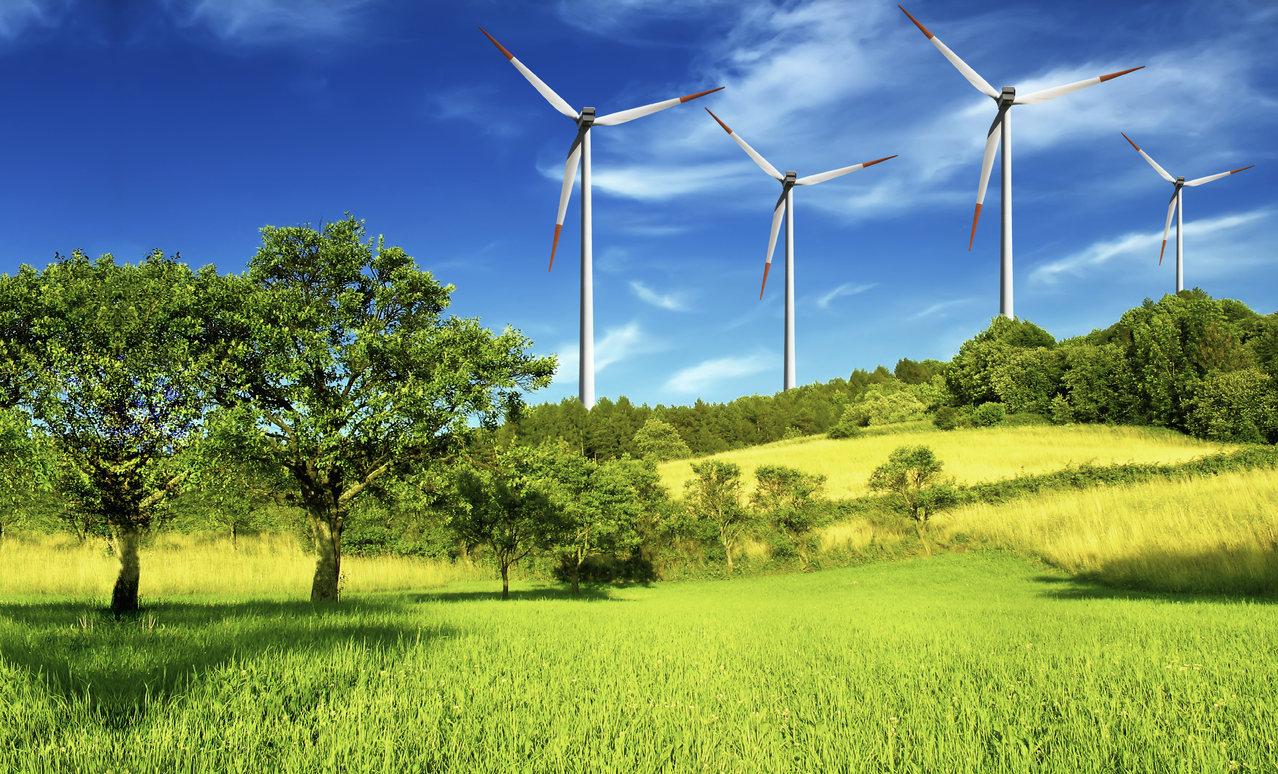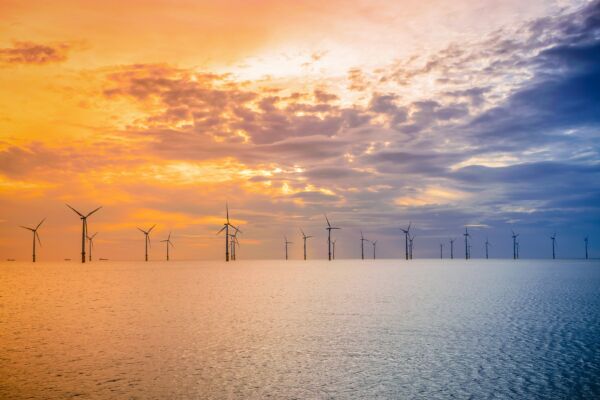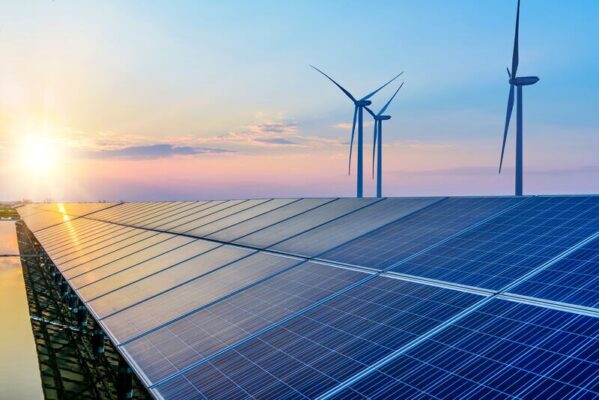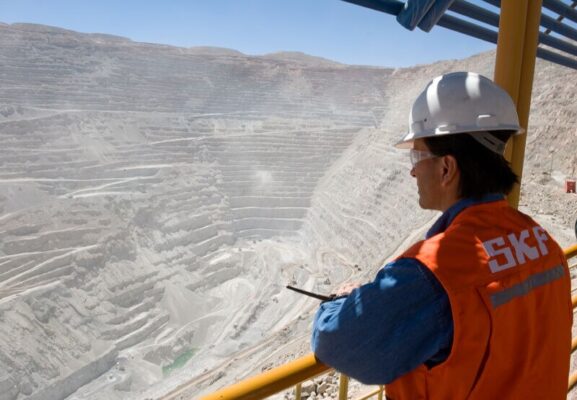The most used material worldwide is steel. The steel industry is responsible for roughly seven percent of industrial CO2 emissions globally. In Europe, the figure is as high as 22 percent. In 2019, in Germany alone, carbon emissions amounted to around 37 million tons of CO2.
Steel plays a starring role in the global climate crisis. Currently, 80 to 90 percent of the steel produced gets recycled into secondary steel. The process requires three times less carbon than steel made from iron ore and can reduce CO2 emissions by 50 to 80 percent.
Primary steel in high demand
At first glance, this might be good news. However, the annual global steel consumption requires only about 30 percent secondary/recycled steel and around 70 percent primary steel extracted from iron ore. Extracting primary steel requires a great deal more energy than recycled steel because it comes from burning fossil fuels resulting in correspondingly high CO2 emissions. Steel production has far-reaching effects on our climate and ecosystems. Reducing the damage done to the environment is important which means increasing the universal usage of secondary steel while also ensuring a more CO2-neutral primary steel production.
Achieving net-zero steel production by 2050
The SteelZero global initiative brings together leading organizations that use their collective buying market power to accelerate the transition to net-zero steel production. The initiative consists of companies from across the supply chain and many different industries such as automotive, construction, and the renewable energy sector. It also includes shareholders and architects. By 2030, SteelZero members aim to source and use 50 percent CO2-neutral steel. By 2050, the quota is set at 100 percent in producing green steel. As a partner of the initiative, SKF pledged to do the same.
Green energy becomes even greener
SKF currently requires around 446,000 tons of steel per year, and raw material used accounts for roughly 60 to 90 percent of SKF’s total CO2 emissions. Such alarming numbers are more than reason enough to start making some changes and prioritize green steel production. As a supplier of rolling bearings, lubricants, and seals, SKF can help build wind turbines in a more environmentally friendly way. After being in operation for just a few months, a wind turbine tends to pay off its “CO2 debt”, which it incurs during its construction. Green-manufacturing and responsibly sourced steel can further improve the environmental performance of wind turbines.
Plants to become CO2 neutral by 2030
In 2012, SKF decided to set a new sustainability target for its supply chain. The company pledged to push or facilitate its energy-intensive suppliers, including for steel. Since then, SKF has joined the prior mentioned SteelZero initiative and the Responsible Steel Initiative (RSI). With this SKF committed itself once more to strict sustainability targets: net zero until 2030 for all SKF operations; and for purchased direct material, logistics, and other up-stream impacts until 2050.
To date, three of SKF’s plants are already operating with net-zero emissions for Scope 1 and 2. The remaining plants will follow suit by 2030, bringing all SKF emissions to zero. In the meantime, the focus needs to be on tackling the next project and making the supply chain CO2-neutral.



